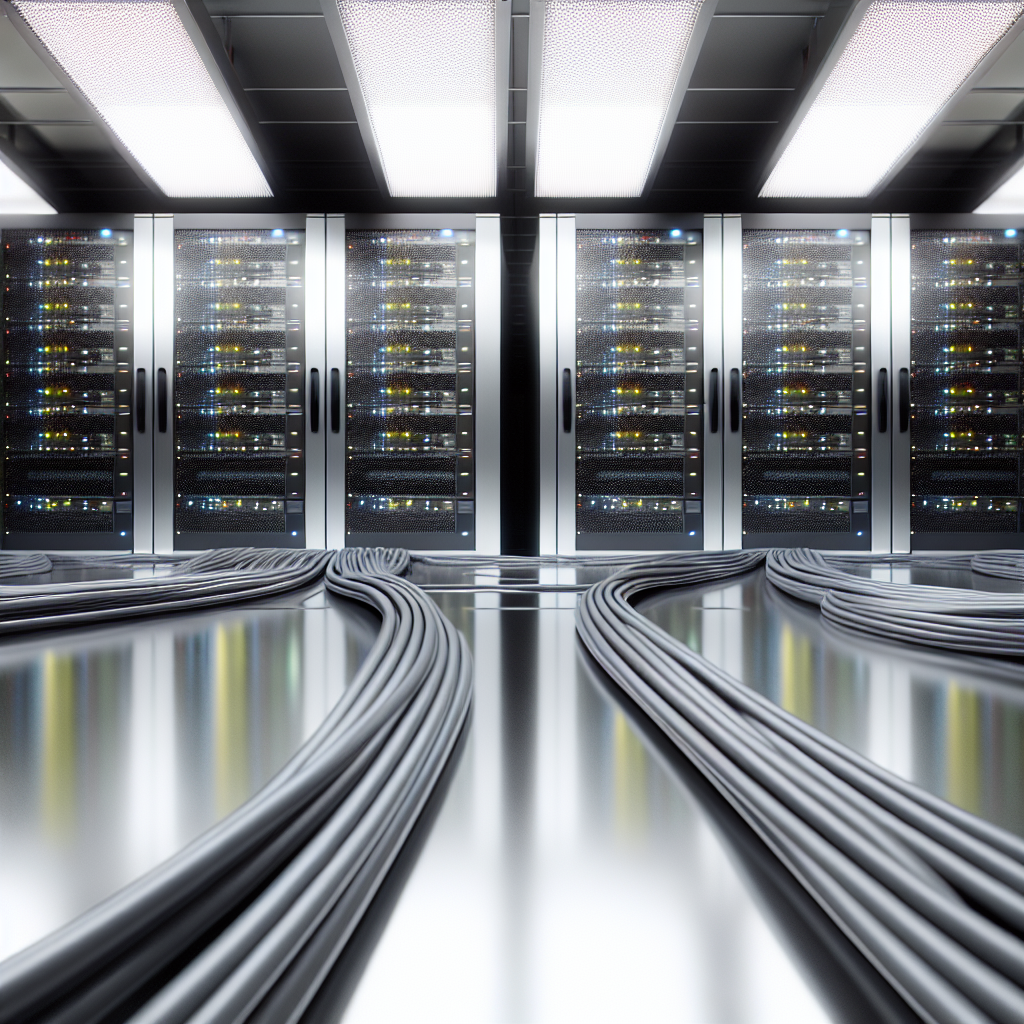Understanding what a **data center** is essential in today’s digitally driven world. Data centers are the backbone of internet infrastructure, hosting vital data and applications for businesses and consumers alike. In this article, we’ll explore the core functions of data centers, their architecture, and why they are critical to modern technology operations.
Understanding the Role and Architecture of Data Centers
A **data center** is a dedicated facility that houses a large array of computer servers, networking equipment, storage systems, and other infrastructure components essential for processing, storing, and distributing data. These facilities support the operations of online services, cloud computing platforms, financial institutions, and government agencies, ensuring that digital information remains accessible, secure, and reliable.
Modern **data centers** are designed with redundancy and scalability in mind, often incorporating features such as:
- Power supply systems with backup generators and uninterruptible power supplies (UPS) to prevent downtime
- Cooling systems that regulate temperature to prevent overheating of equipment
- Security measures including biometric access and surveillance to safeguard data
- Network connectivity with high-speed internet links and multiple redundant pathways
The architectural design emphasizes reliability, efficiency, and flexibility, with many data centers adopting modular designs to expand capacity as needed. These facilities often encompass extensive physical security protocols and fire suppression systems to protect sensitive data assets.
Why Data Centers Are Critical to Today’s Digital Ecosystem
Data centers serve as the foundational infrastructure for the internet and digital services. They enable cloud computing, hosting websites, data storage, and application deployment, empowering businesses to operate seamlessly in a highly connected world. The importance of data centers is evident in their ability to:
- Ensure uptime and business continuity: Minimizing downtime through redundancy and disaster recovery plans
- Handle massive data volumes: Supporting big data analytics, AI, and machine learning applications
- Facilitate global connectivity: Connecting users worldwide with fast, reliable access to online resources
- Maintain data security and compliance: Implementing strict security protocols to protect sensitive information and meet regulatory standards
Additionally, with the rising demand for cloud services and remote working, data centers have become more vital than ever in supporting our digital lifestyle. Innovations like green energy integration and edge computing are further enhancing their efficiency and capacity to serve an increasingly connected world.
In conclusion, a **data center** is an indispensable part of modern digital infrastructure, combining advanced technology, security, and strategic design to ensure continuous and reliable data processing. As digital reliance grows, understanding these facilities helps appreciate how our online experiences are seamlessly maintained. They truly are the backbone of the digital era.
